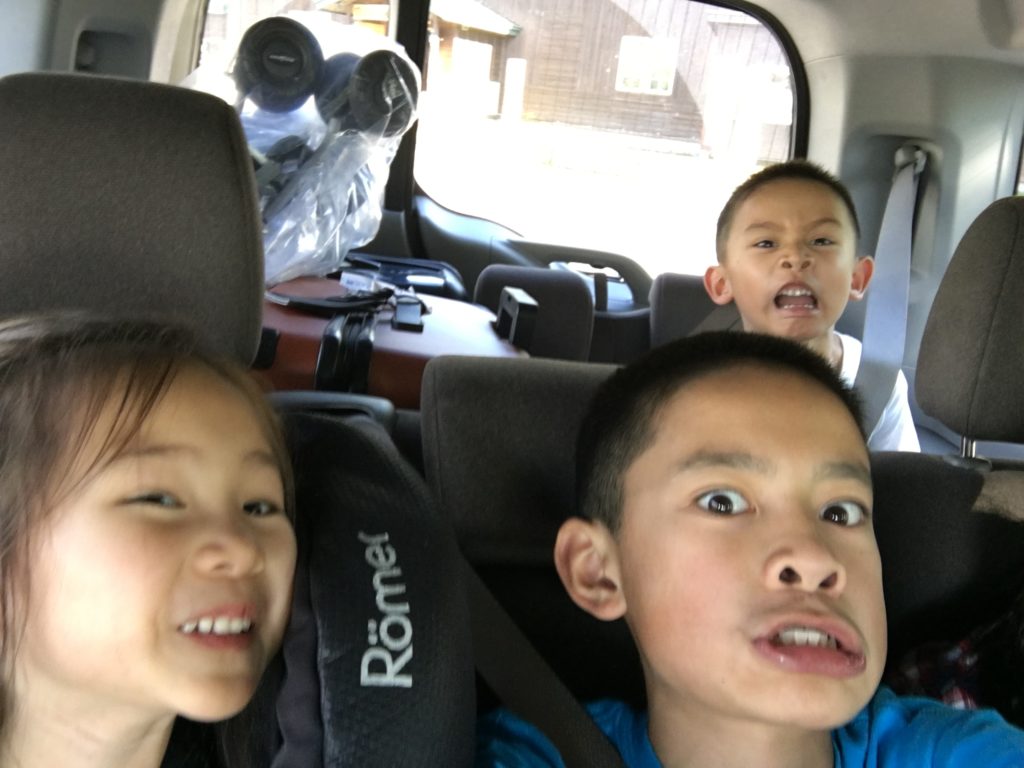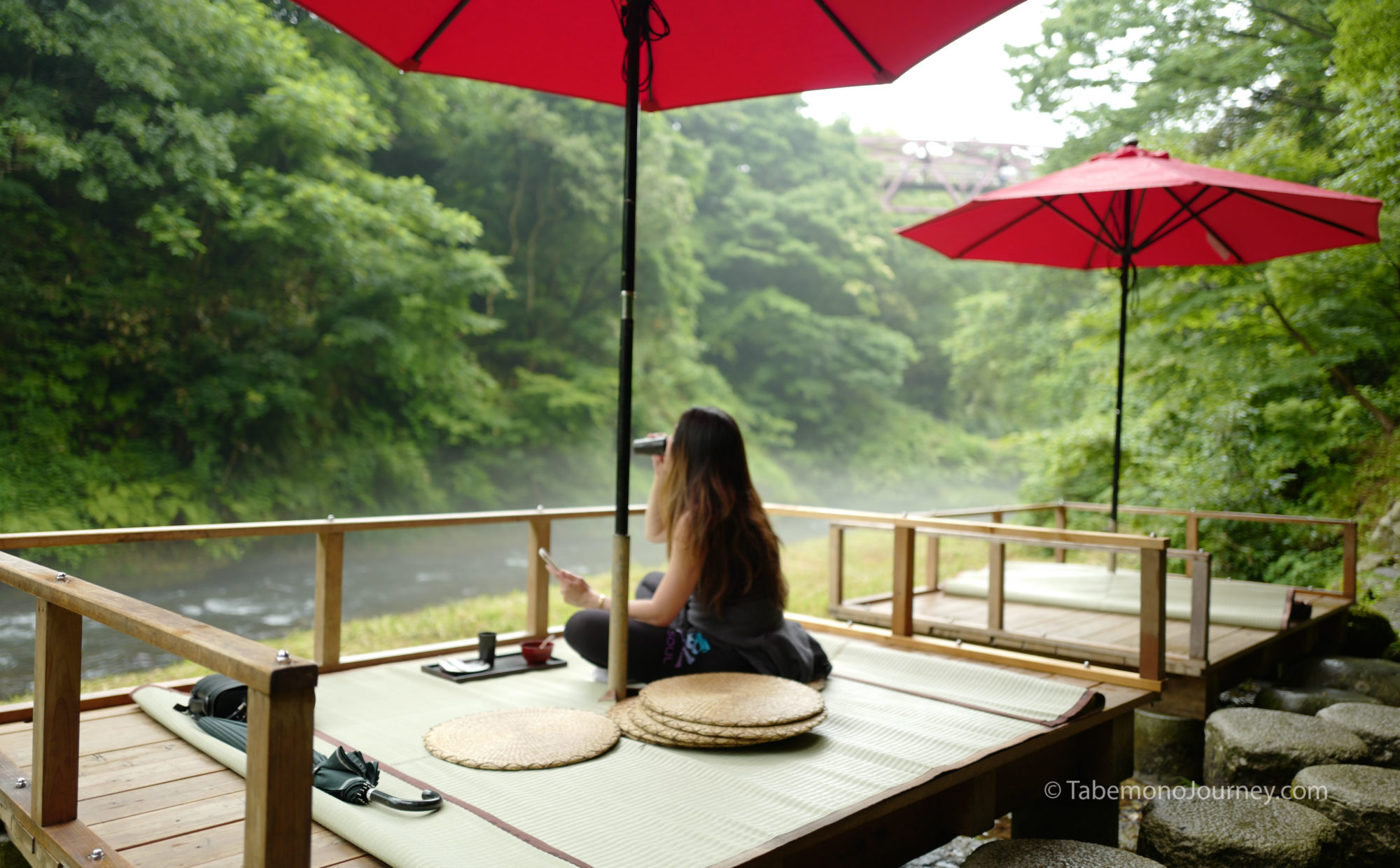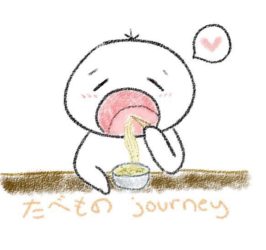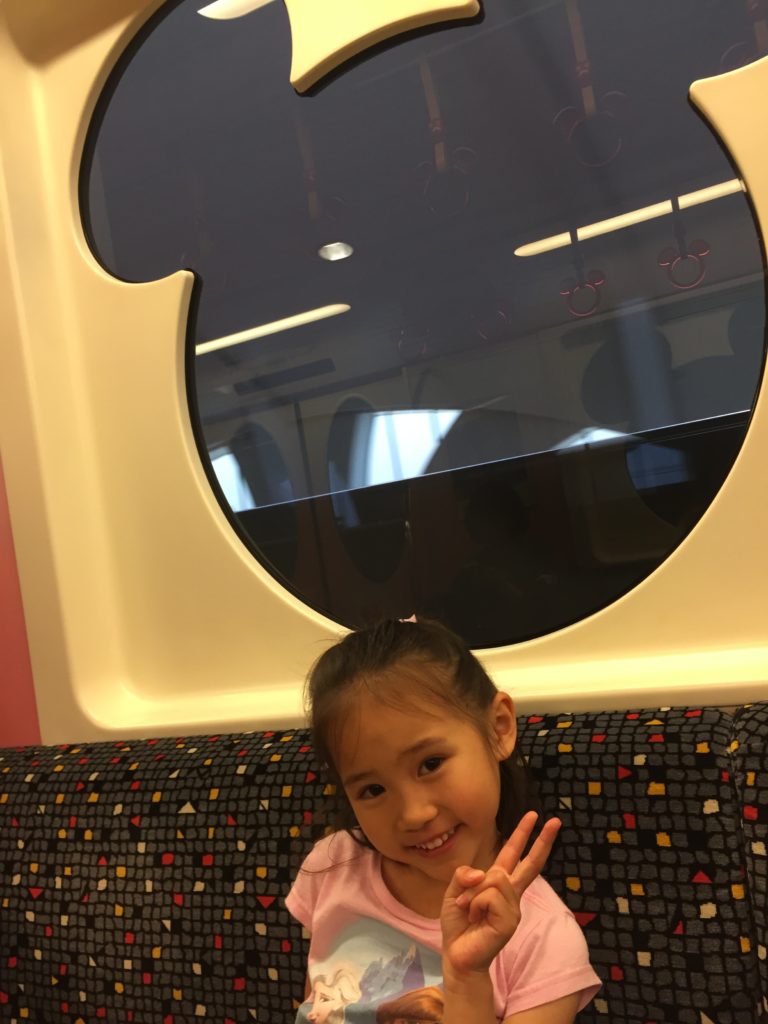
Checking out of the MiraCosta and leaving Tokyo DisneySea on the limousine bus (charter bus) to Haneda Airport felt like the real journey was about to begin. We were finally on our way to Hokkaido! When the bus dropped us off at Haneda airport it was still early so we had breakfast at the airport since our flight was scheduled for a couple of hours later for departure.
Breakfast in general is not a popular meal in Japan, so options were pretty limited on what stores were open in the morning. We decided to stay in the outer area before we check in as there are more food offerings. We ended up finding Monzaemon Soba Restaurant on the third floor of the Haneda airport.
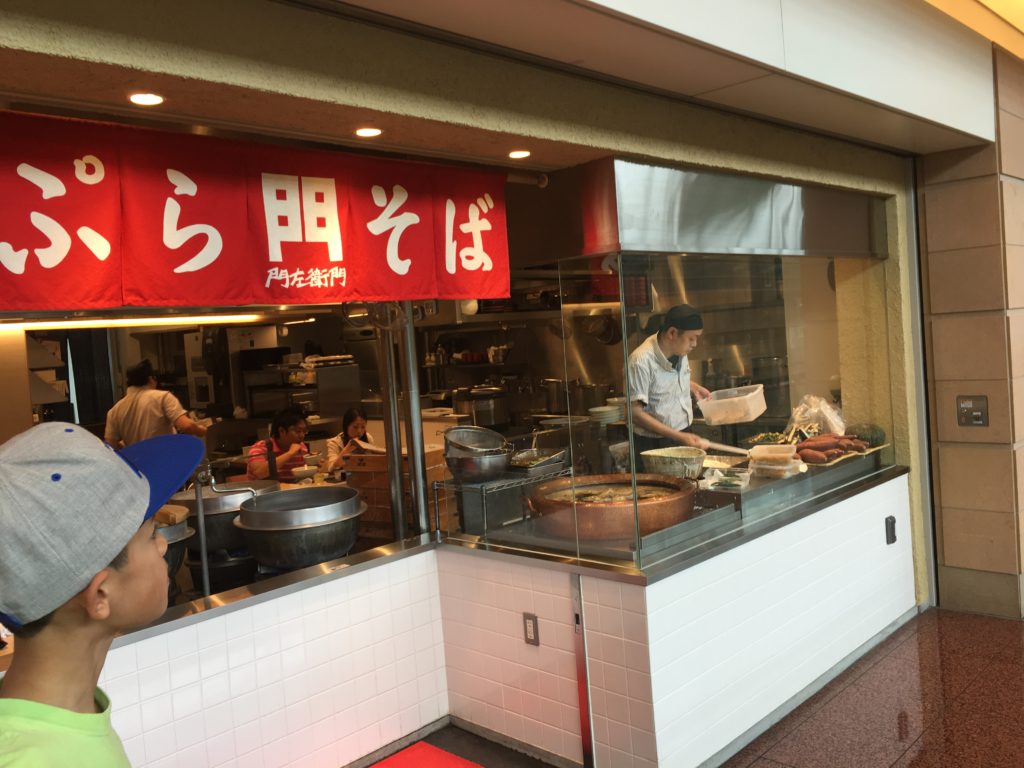
Soba in Japan is another one of those must eats as its counterpart in the US are sad imitations. Then again, I haven’t seen any restaurant devoted to just purely soba. The noodles are the star as they are made from at least 70%-100% milled buckwheat and made fresh that very day. Some of my favorite soba restaurants in Japan mill their own buckwheat, knead the dough, and cut the noodles from start to finish on site and can be seen by the patrons. The texture is unique as the fresh soba is chewy and al dente. The one or two times I tried the ones in the US, they probably come from packaged dry noodles as the texture is chalky and falls apart easily in the mouth.
We ordered the morning special set which had the Zaru soba (cold soba topped with shredded nori), tsuyu (dipping sauce) with scallion and freshly grated wasabi, tsukemono (pickled veggies), and ebi and green bean tempura over rice. It was very satisfying to dip the noodles into the sauce and slurp the noodles. It also hits the spot by topping off the dipping sauce with some sobayu (soba noodle water) and finishing off the meal with the warm liquid of tsuyu and sobayu. One of the things I love about eating soba is that even after a couple of hours, I do not feel bloated as the buckwheat does not expand much.
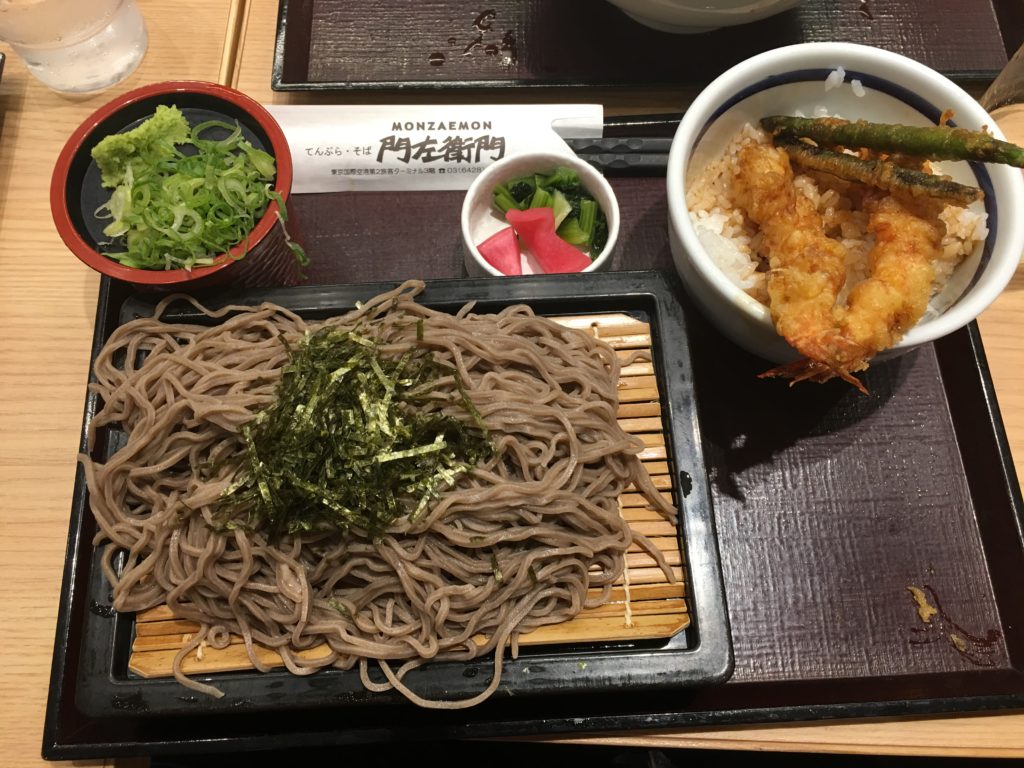
We also ordered the kamo (duck) soba with negi in broth for our younger two as they prefer noodle soup style. It had hot shoyu dashi with healthy slices of perfectly cooked duck breast coupled with the whites of the Tokyo Spring onions. Naturally we all sampled a little and although I still prefer zaru soba with the dipping sauce, the noodle soup version was very good as well and satisfying.
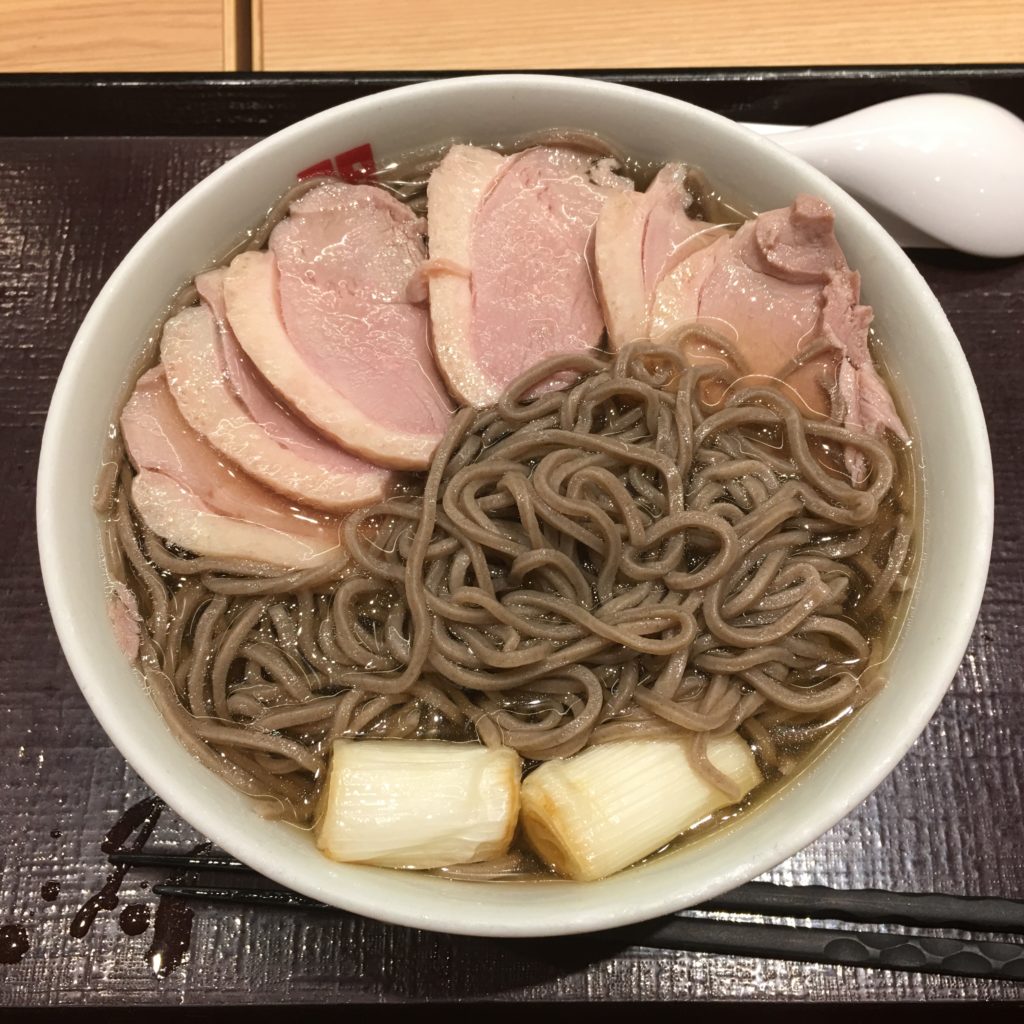
After breakfast, we went through the checkpoint and to our gate at Haneda airport. Other than a 40 minute delay, travel from Haneda to Asahikawa airport was smooth. When we finally arrived and landed in Hokkaido, we exited the gate of Asahikawa airport we were greeted with the Air Do mascots and media coverage and we were handed freebies and samples.
 After asking the attendants, we found out this was commemorating the 50th Anniversity of Asahikawa as the airport opened on July 1st, 1966. We arrived coincidentally on July 1st, 2016.
After asking the attendants, we found out this was commemorating the 50th Anniversity of Asahikawa as the airport opened on July 1st, 1966. We arrived coincidentally on July 1st, 2016.
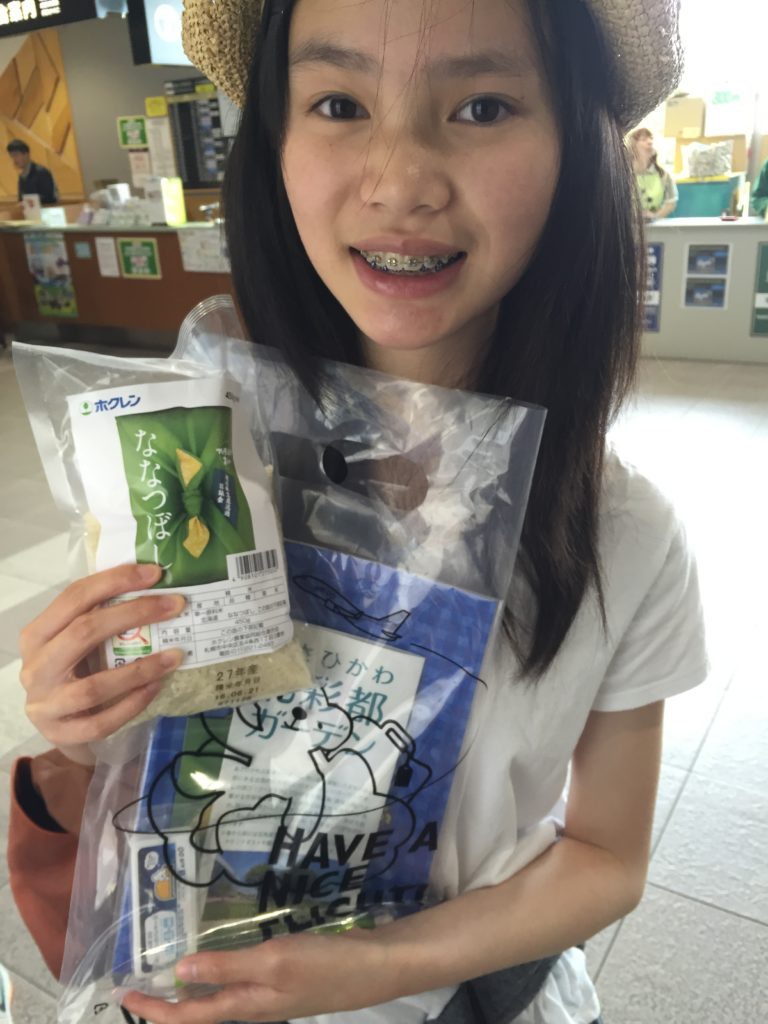
We were given a bag with stationary, pen, and mints and also given a bag with Hokkaido rice called Nanatsuboshi (you can see the letters on the bag). It’s a strain of rice that is bred for the cold climates of Hokkaido.
After the nice surprise reception, it was time to get the rental car. The Nippon car rental booth was right outside gate and after registering, they arranged for a bus to pick us up to the rental car station. The car we got was a 8 passenger Honda StepWagon with a hybrid 2000cc engine, so not a lot of power but has awesome gas mileage. It was able to comfortably seat all of us and our luggage. Really glad we went for the 8 passenger one as opposed to anything smaller as we had quite a bit of luggage even though we arranged to have 2 of our bigger ones sent to our Sapporo hotel.

Driving in Japan is its own adventure that was both exciting as well as eventually routine. First off, you sit on the other side of the car compared to the US. This is also means all of the controls are on the opposite side like they are in the states, such as the headlights, turn signals, windshield wipers, etc are on the left side.
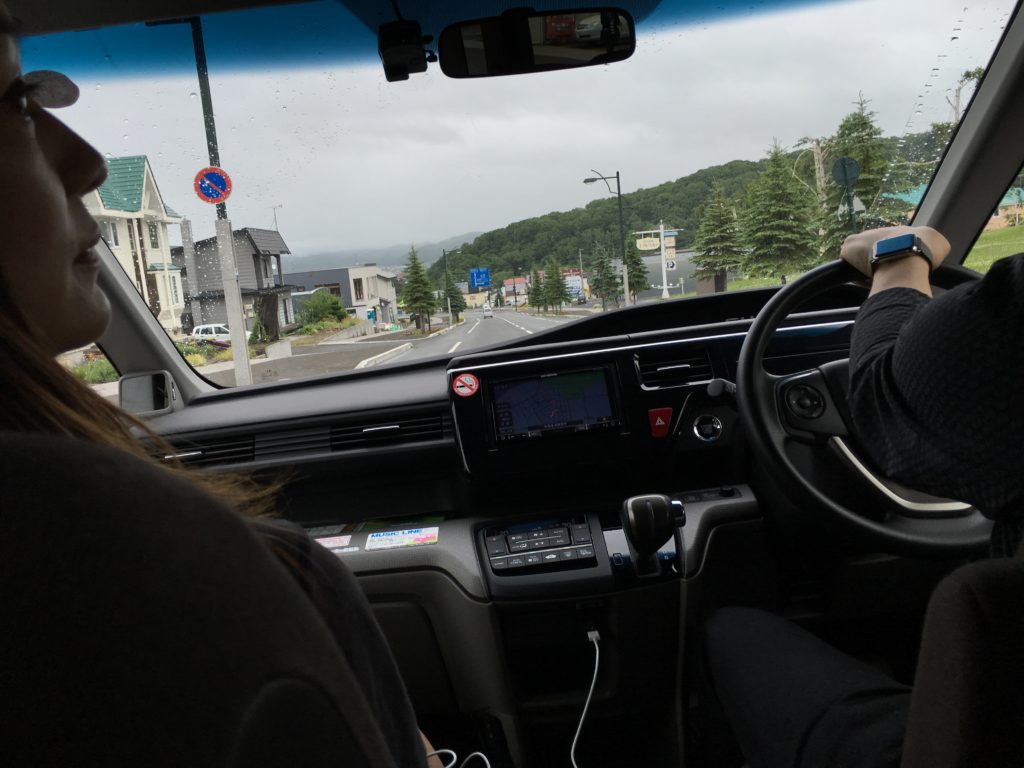
Secondly, cars drive on the opposite side of the road in a left hand traffic oriented manner as opposed to in the states where it is right hand traffic oriented. This took some getting use to, as for the first two hours I had to remind myself to drive on the “other” side. My wife naturally helped, but often times we both would get confused. What also made adjusting hard was that the roads were narrow and yet still allowed traffic to flow both ways. Good thing traffic in Asahikawa is nothing like what we seen in Tokyo.

As our flight was an hour and twenty minutes long, we didn’t eat lunch on the plane, so our first destination by car was to Asahikawa Ramen Village. It was only about a half hour drive from our car rental, but it naturally felt longer as we adjusted to traffic as my wife and I would double-check and sometimes wrongly second guess if we were on the correct side of the road. The most memorable part were the turns as you had to keep your natural inclination to go to the right lane in check. Initially, we had some fear I would turn to the wrong lane and hit on coming traffic. Eventually though, it all became natural after some adjustment you get use to everything on the road. We eventually arrived safely at Ramen Village.

Asahikawa is Hokkaido’s second biggest city and it is one of the top three cities in Hokkaido famous for its ramen. In this case, the highlight is shoyu ramen. The other two cities famous for its ramen in Hokkaido are the miso ramen of Sapporo and the shio ramen of Hakodate. Although each store will have slight variation, the shoyu broth of Asahikawa Ramen will be quite oily as the intent is to keep the noodles hotter during the freezing winter months and will generally have hard, thin, and wavy noodles. Ramen Village conveniently has 8 of Hokkaido’s top noodle places in one location (kinda like the Ramen Museum in Yokohama and Ramen Street in Tokyo Station).

Despite all the shops, I already had in mind to visit Aoba Ramen, as its original location is known as the birthplace of Asahikawa ramen that opened in 1947 in Jidori, Asahikawa.
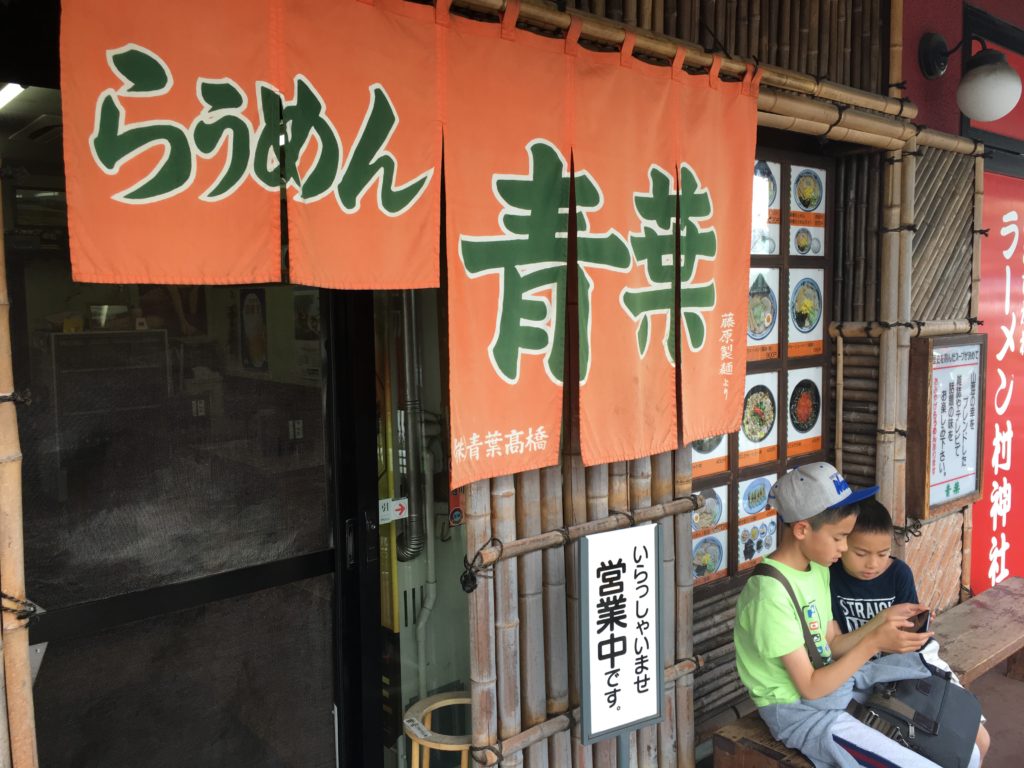
In some of the research I done, they mentioned they were one of the first to use a “double soup” where they create two broths. One broth is a meat base with chicken bones, pork bones, and vegetables and then a separate seafood base broth made of kombu, bonito, and dried horse mackerel. This allows the chef to be able to perfectly adjust the flavoring of the soup to either lighter or richer.
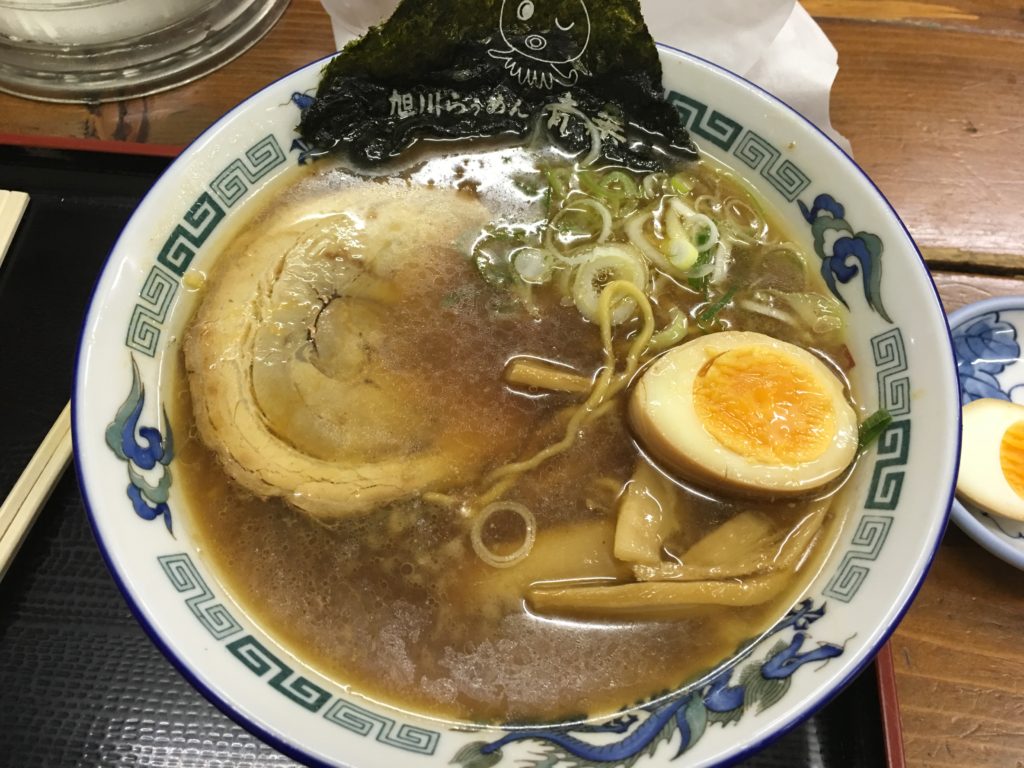
The broth really stands out in flavor as you can taste the bone essence as well as the umami from the seafood. It is somehow light, yet rich in flavor. Although health conscious folks may want to avoid, the layering of oil really does insulate the broth from losing heath the soup. The chasu (stew pork) was delicious and the noodles being made fresh was perfect and complemented the light yet rich broth.

After finishing our meal, we made a little detour to Uniqlo across the street as my older son did not pack enough underwear. As he’s 12, we had him pack himself, and of course the results are usually never what you anticipate as something is always missing. Part of the learning process. After the slight detour we started our hour-long drive to Asahi-date where we booked Yumoto Yuzomanso Ryokan for one night to relax at a onsen and have kaiseki dinner. To be continued…
